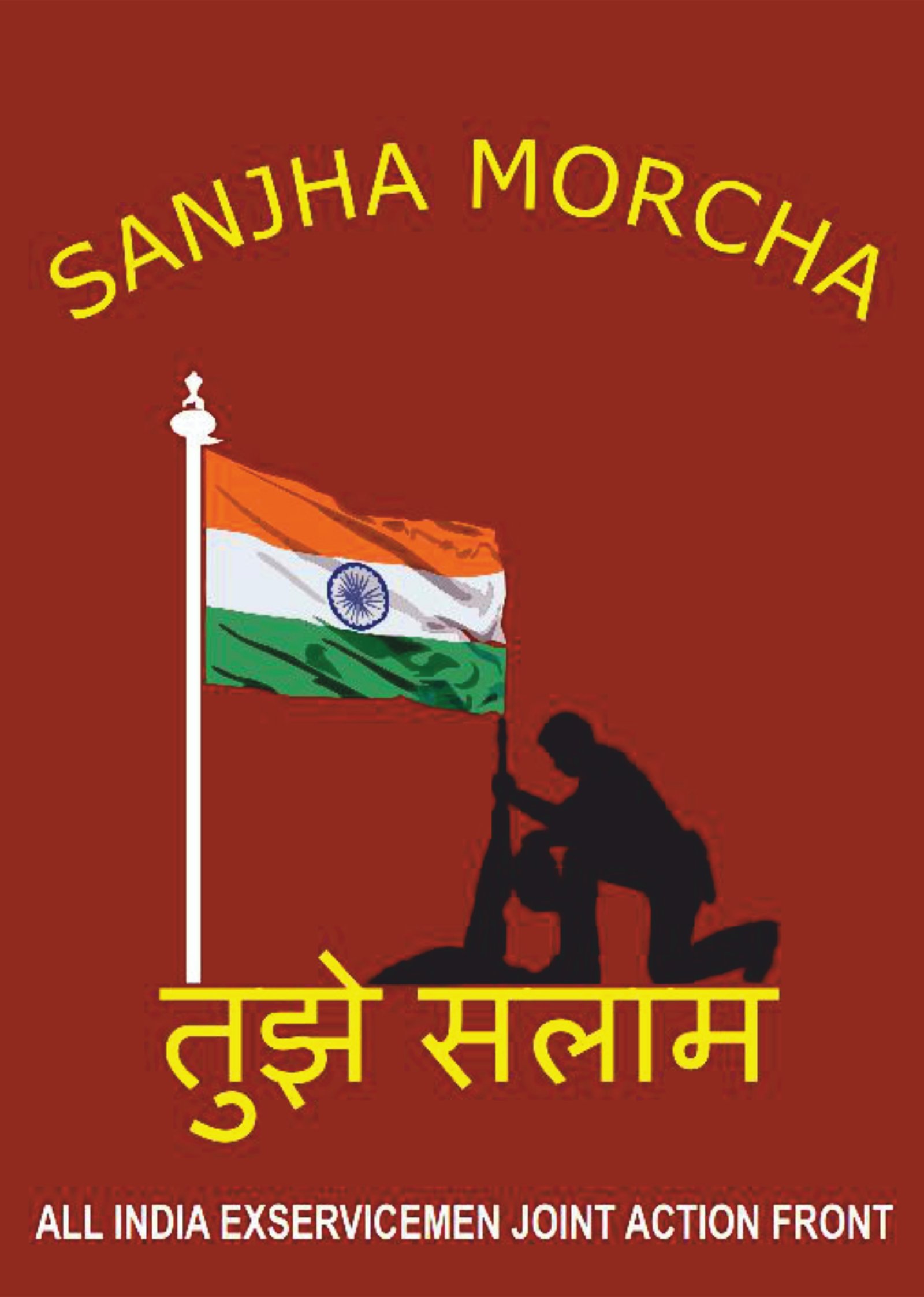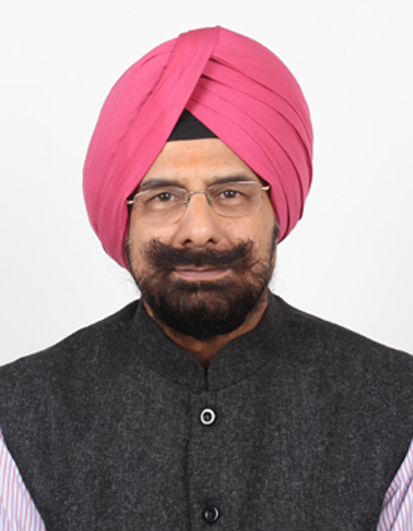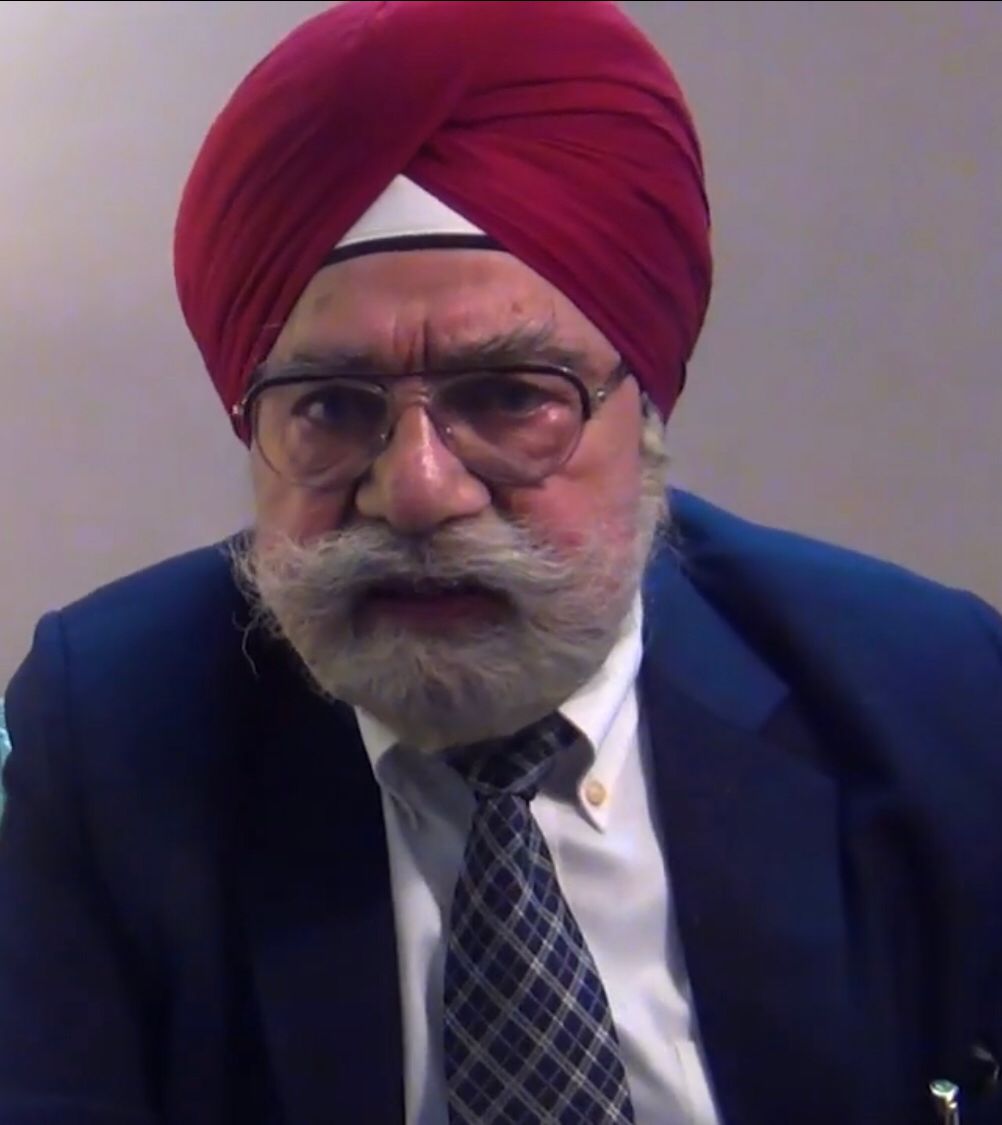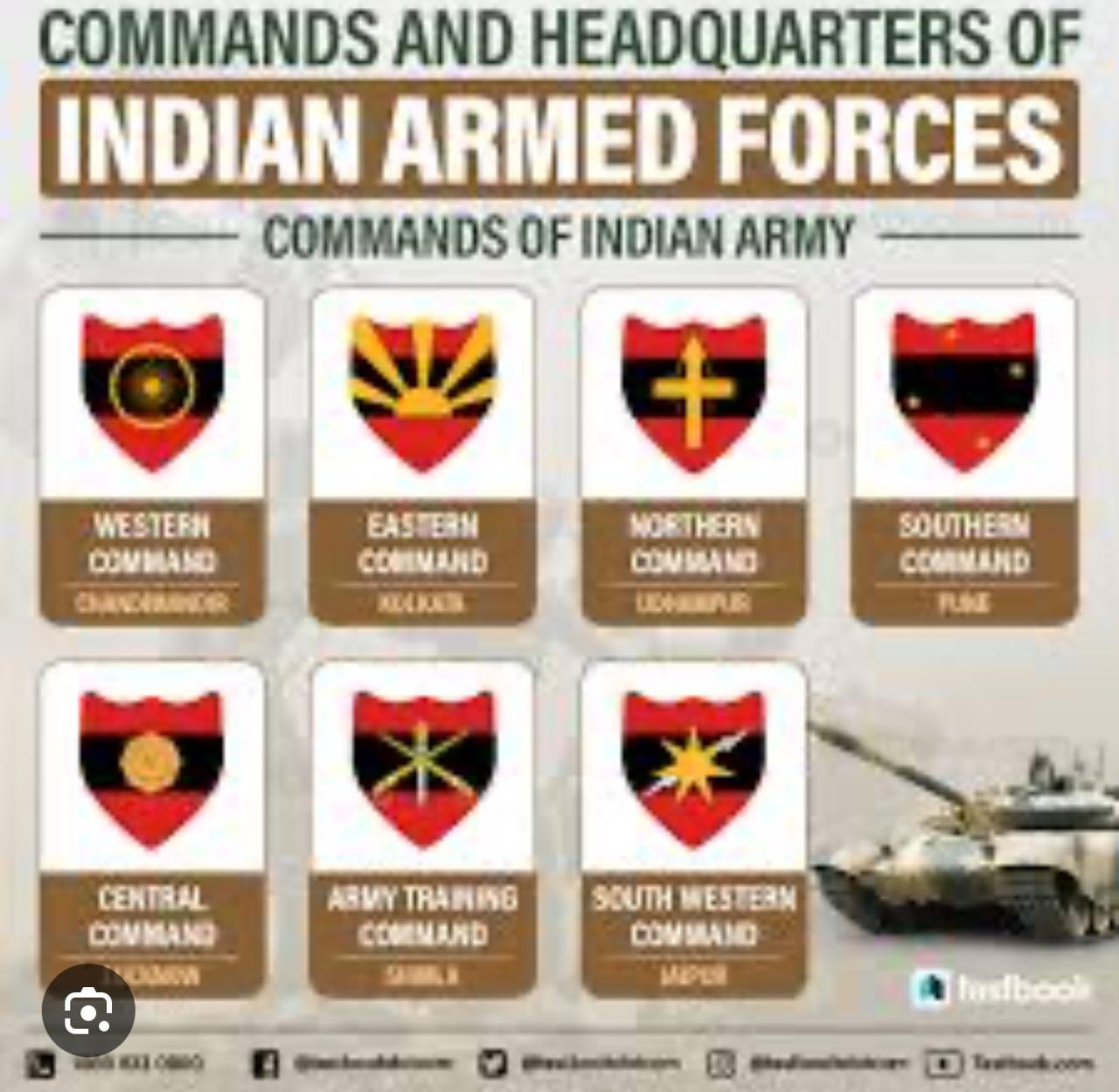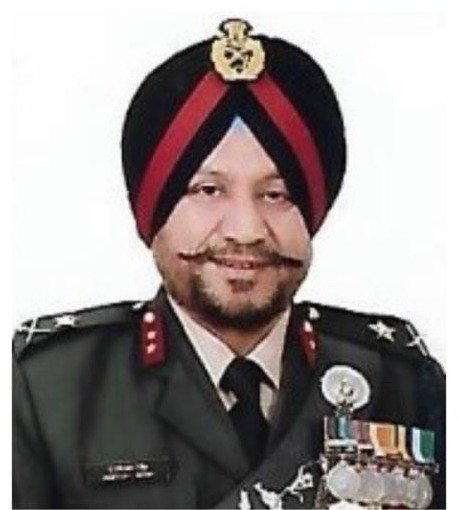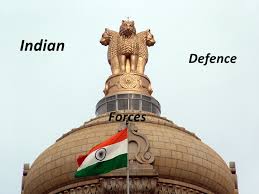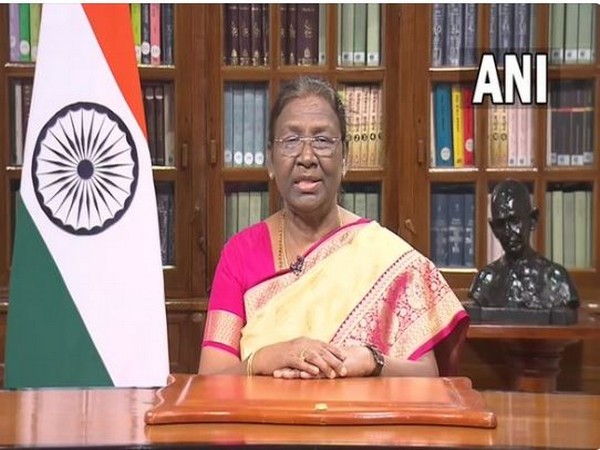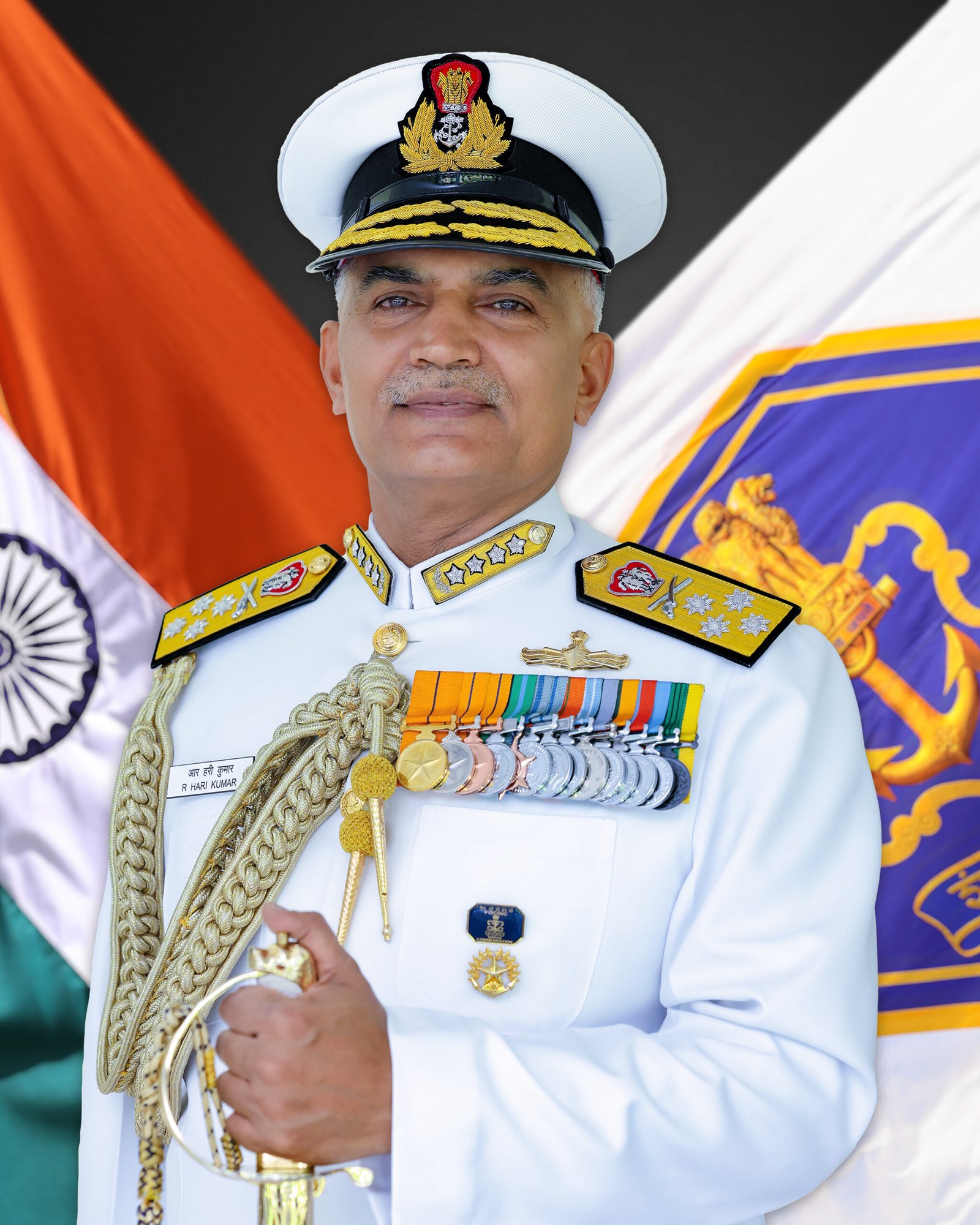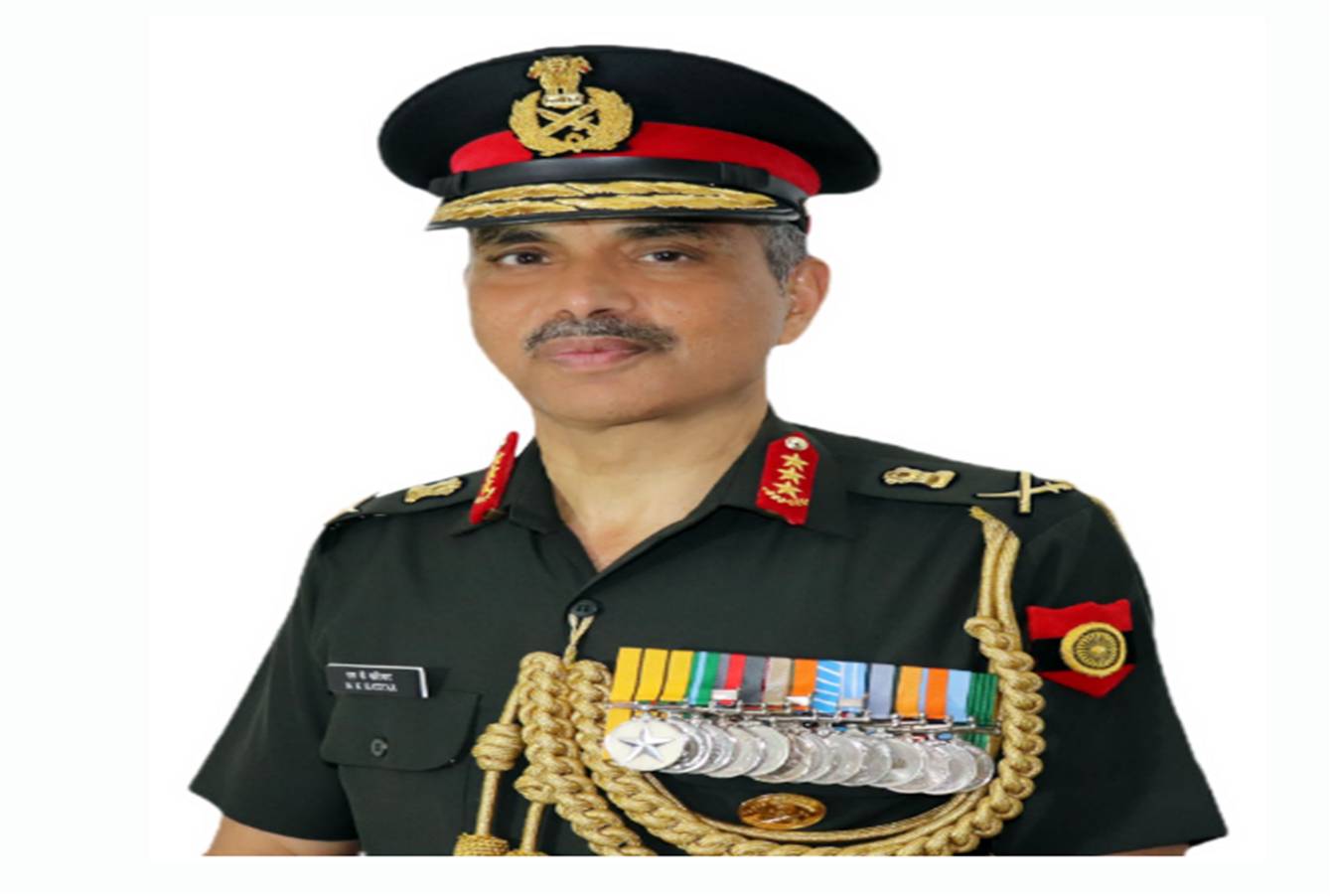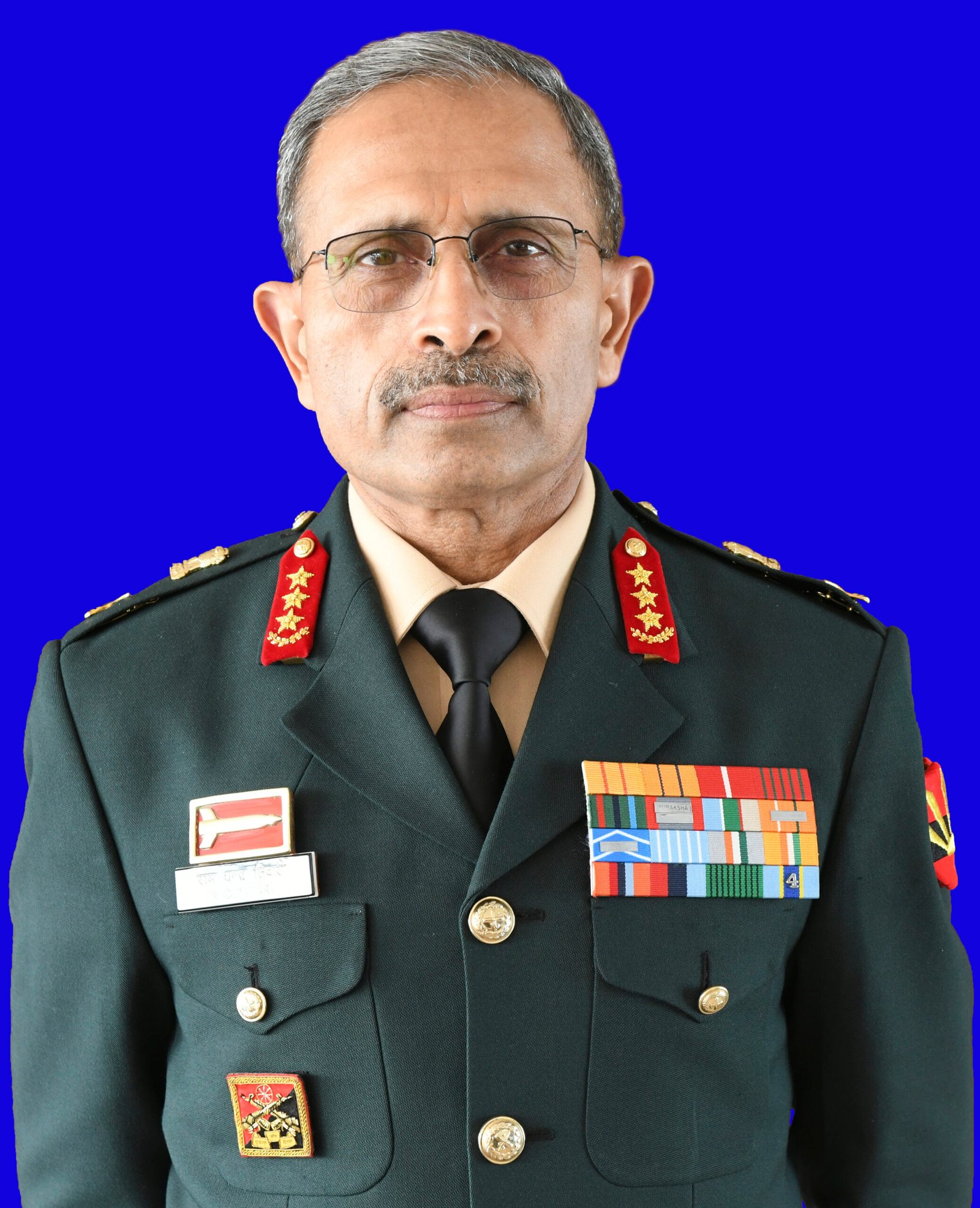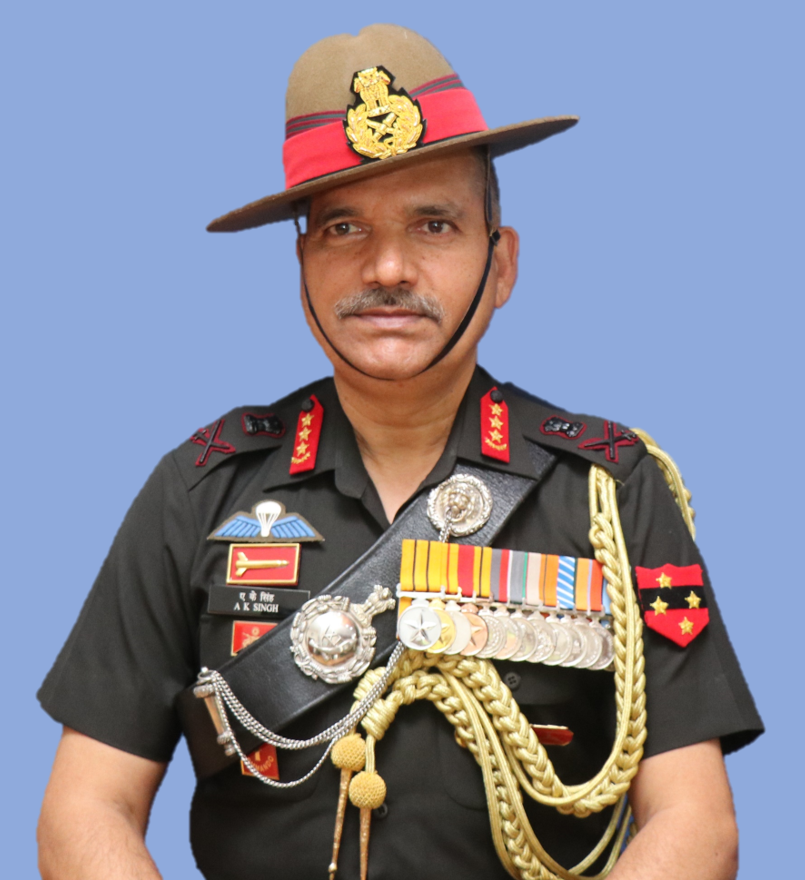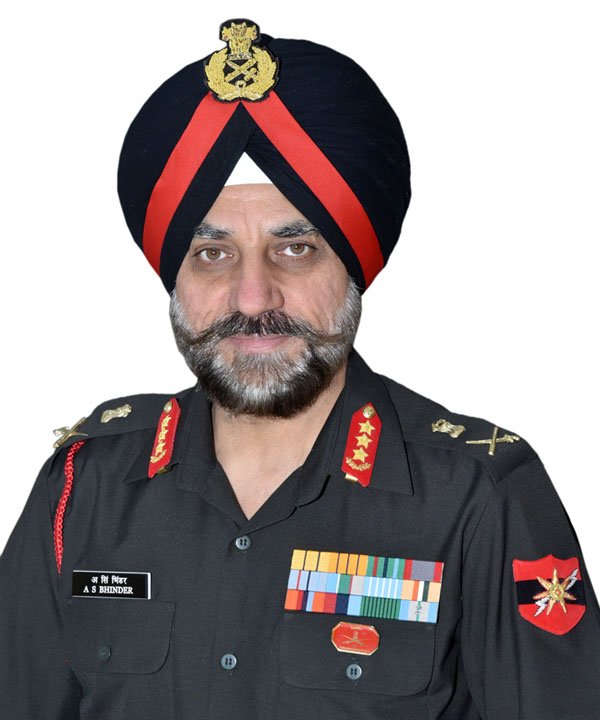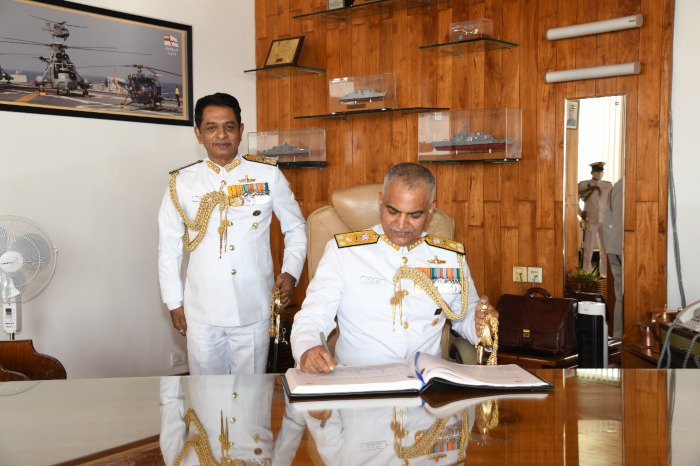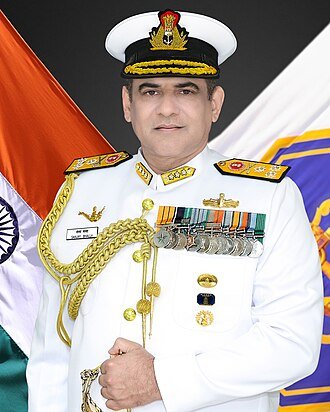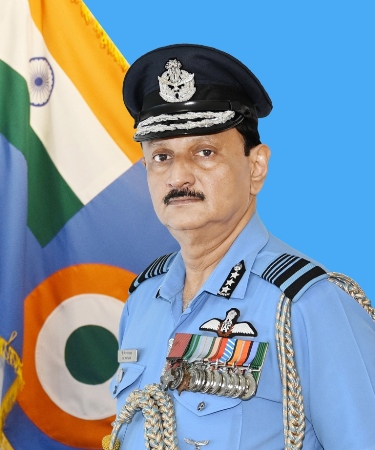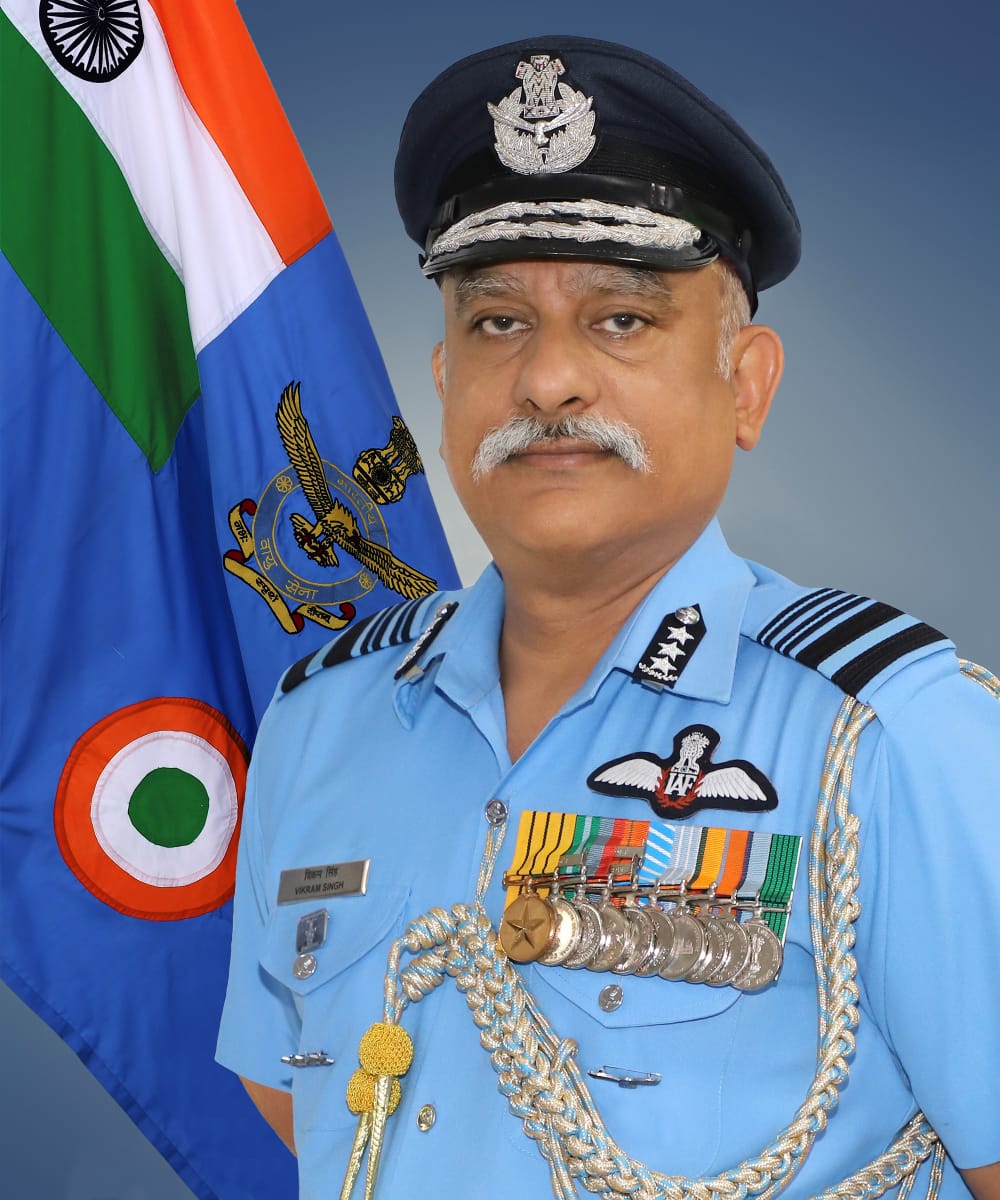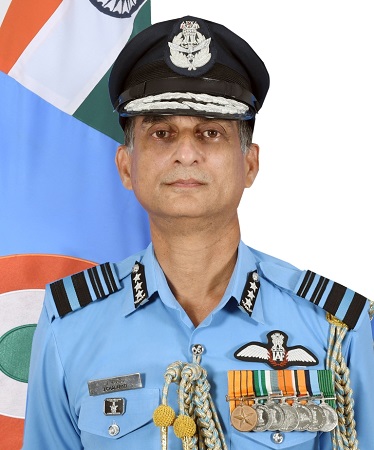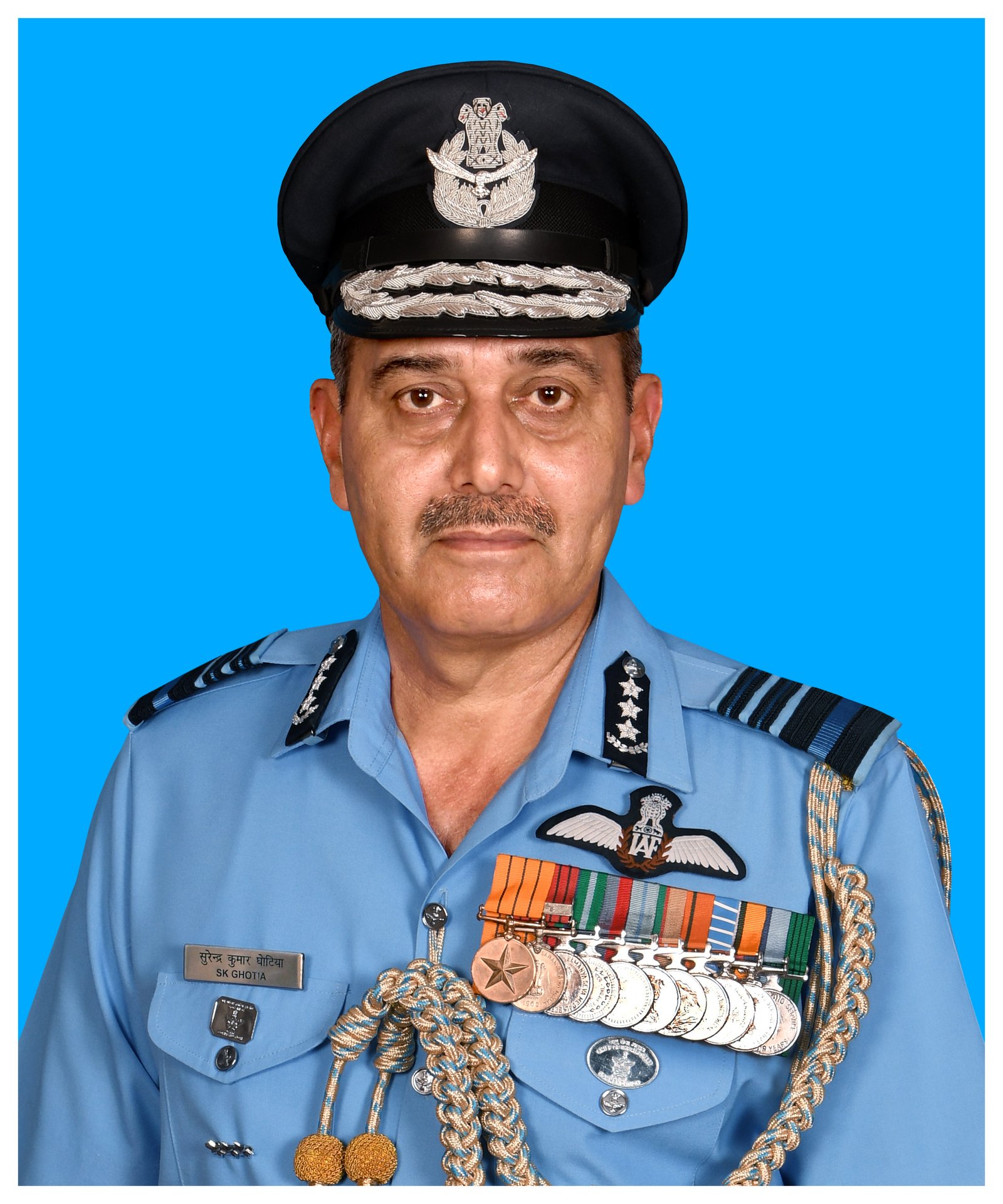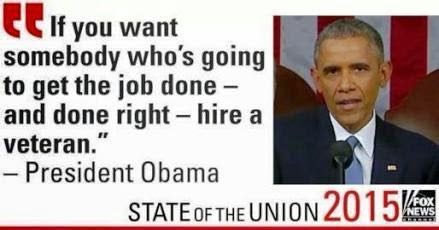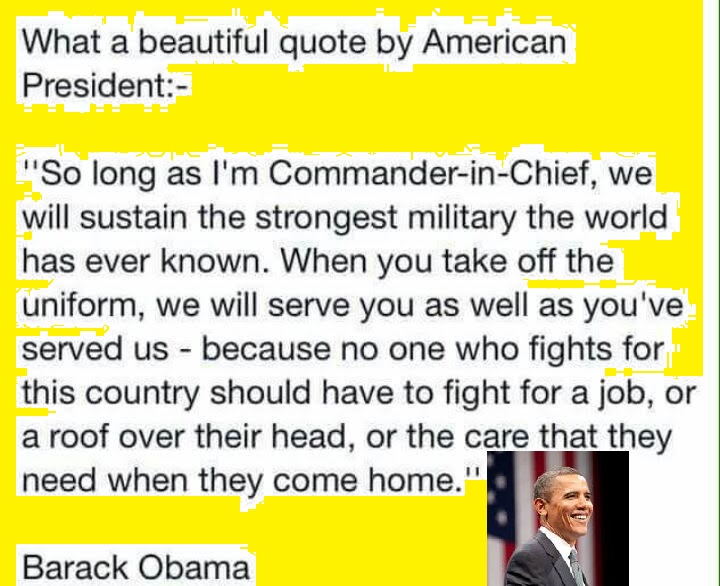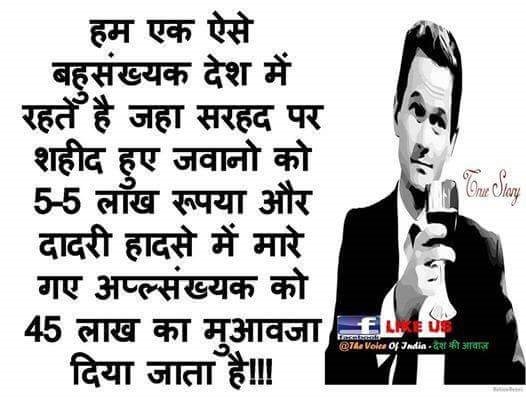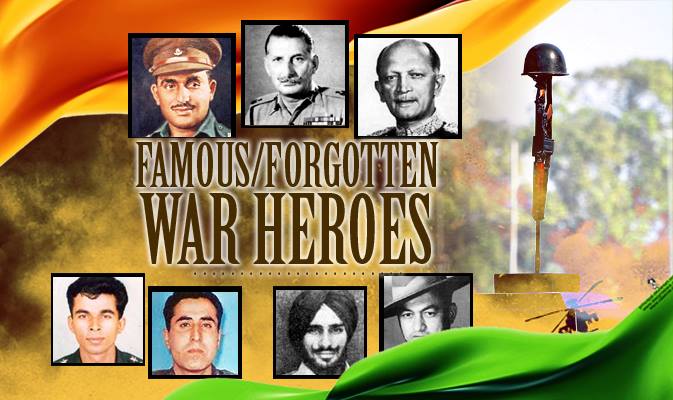China’s current military thinking and modernization has been greatly influenced by their study of 21st century wars including both the Iraq Wars and the one in Kosovo as also the conflict in Libya. Crucial role played by precision weapons and air power have been imbibed by PLA. In addition, the internet emerging as an all pervasive means of passing information is
a lucrative target for cyber-attack. Large scale cyber-attacks in Russo-Georgian War has not gone unnoticed by Chinese strategists. Accordingly, China has raised a number of cyber and
electronic warfare brigades/regiments. The Chinese way of fighting conventional war can be termed ‘e-Conventional Warfare’, similar to e-governance.
COVID‐19 & CHINA
International geopolitical situation is undergoing
a churning due to spread of COVID-19 from China.
China isundertremendouspressure fromtheWestern
and other nations for an international inquiry. It
certainly has a fall out on domestic politics of China.
There are likely to be strong antigovernment and anti
Xi Ping sentiments in China for the manner he has
handled the COVID-19 crises and his earlier decision
to become lifelong Head of State. The trade war
between USA and China has also adversely affected
Chineseeconomy.
Under such international pressure and domestic
dissent, it is natural forXi Jingping to somehow divert
the attention of his people, PLA and other nations
towards somenewcrises. Indiacanbeasofttarget, as it
is likely to take away good part of manufacturing
business from China. One can already see rather
serious clashes between PLA and Indian Army along
the LAC in Ladakh, Central and Eastern Sectors.
Indian Defence Forces have to be prepared to face any
escalation along the Indo-Tibetan Border, side by side
Pakistan also livening up theLine of Control (LOC) in
J&K and the IB. This may happen now or at a future
date.
China and Pakistan, not only have a strategic
convergence but a tie up as well, to keep India down.
China has become a great power economically and
militarily and the People’s Liberation Army’s (PLA)
military potential is at least twice, if not three times
that of India. The ratio worsens when military
potential of Pakistanis takencognizanceof.
PLA’s prime adversary being America, it is rapidly
modernizing and well on its way to implementing
latest technologies including space, cyber, electronic
warfare, information warfare, network centric
warfare. It is even incorporating latest inventions and
technologies like hypersonic weapons, artificial
intelligenceetc. IndianArmy, byand large is still inthe
process of discussing and just aboutintroducing a few
newtechnologies.
At this slow pace Indian Army is long way from
modernizing. It is not the fault of the Army entirely.
Our bureaucracy and politicians have to take major
blame. India cannot therefore match China militarily
and especially as far as any joint and coordinated
misadventurebyChinaand Pakistanisconcerned.
PLA’S WHITE PAPER 2019 – ITS MILITARY
THINKING, MODERNIZATION AND STRATEGY
FOR AN “INFORMATIONIZED WAR”
China’ s current military thinking and
modernization has been greatly influenced by their
study of 21st Century wars including both the Iraq
Wars and the one in Kosovo as also the conflict in
Libya. Crucial roleplayed byprecisionweaponsand air
power have been imbibed by PLA. In addition, the
internet emerging as anall pervasive means of passing
information in all facets of life and consequently
becoming a lucrative target for cyber-attack, is
another aspect thoroughly analyzed by the Chinese.
Large scale cyber-attacks in Russo-Georgian War and
their crippling effect has not gone unnoticed by
Chinese strategists. Accordingly, China has raised a
number of cyber and electronic warfare
brigades/regiments.
The Chinese way of fighting conventional war can
be termed ‘e-Conventional Warfare’, similar to e-
governance. The PLA has concluded that in order to
hastenthedefeatoftheenemy:
Information warfare should be used in its strategic
and tactical domains as a prelude as also concurrently
with Kinetic operations. Informationized warfare
aims atinducing the collapse of the opponents resolve
and will tofight.
Strategic domain includes, disinformation, molding
opinion in own favour i.e. perception management,
deception, attacking adversary’s critical civil and
military infrastructure and the very functioning of a
nation’s life.
Tactical domain deals with disabling adversary’s
tactical command and control, communications
systems, ISR capabilities, weapons and their control
systems, by cyber, electronic warfare and kinetic
meansand safeguarding own.
China would not take any large scale military
action ina hurry. Itwill be averydeliberatedecision by
the top most leadership, which would vet the
operational plans. Adequate forces would be made
available to the overall commander to achieve
required superiority. China will mount a well thought
out information and diplomatic campaign aimed at
international opinion, Indian leadership, people and
military. Side by side it will make Pakistan carry out
similar actions and try and divert Indian attention
from the northern border. Conduct large scale
cyber/network warfare in the strategic domain, either
before or concurrently with shooting war, to weaken
ourresolvetostand uptoitsdemands.
PLA would resort to sustained air plus precision
kinetic weapons like missiles, rockets, artillery, anti-
radiationweaponsattacks inadditiontocyber-attacks
t o b l i n d I n d i a n A r m e d F o r c e s b y
degrading/destroying Intelligence, Surveillance and
Reconnaissance (ISR) systems, including satellites,
command and control infrastructure, so that the
commanders and staff are unable to make cohesive
operational picture.
Paralyze the command and control structure so
that the commanders and staff are unable to make
cohesive operational picture and plan and conduct
operations effectively. Command and Control
Structure implies headquarters, command posts,
commanders and staff, communication and
information networks, especially the nodes. This is a
significant change that has come aboutin the conduct
of 21st century wars. In the wars in the past, air attacks
were aimed more at adversary’s fighting troops,
weapons, transportation system and logistics
installations, rather than command and control
structure.
INDIA’S GRAND STRATEGY: DETERRANCE/
DISSUATION
India has todeter/dissuade China from embarking
on any military misadventure against our country.
India must try to dissuade China through diplomatic
and economic means. However, to deter China, India
does not have the required conventional military
power. While improving our conventional military
strength, India must therefore, look for other
innovativeoptions:
Enhance & Exploit Offensive Cyber Capability:
There is considerable penetration of computers in
China’s civil and military domains. This makes it
vulnerable to cyber-attacks. India has not harnessed
and exploited its immensepotential incyberfield with
missionary zeal for cyber warfare which is a cost
effective option. Cyber should be given required
autonomy like the Indian Space Research
Organization (ISRO) has been and results are bound
to be there. Well thought out and massive cyber-
attacks can bring any nation to its knees by paralyzing
its functioning and has therefore the capability to act
asdeterrent.
Use of Low Yield Nuclear Weapons: Regrettably,
there seems to be no role for nuclear weapons in the
Indian military strategy – the two are in separate
compartments. India’s nuclear doctrine has been
dominated by diplomats and even policemen and the
military has been kept out of the nuclear loop. Also it
has been Pakistan-centric. India being weaker
conventional military must use comprehensive and
synergized military power, incorporating assets in all
domains, including nuclear, tosafeguard its territorial
integrity. Use of small yield nuclear device, in own
territory in sparsely populated areas againstintruding
PLA Forces along the Indo-Tibet Border will certainly
actasdeterrent. Chinacannotafford to loseacoupleof
Regiments worth to a nuclear or any other mass
destruction weapon. India’s No First Use Nuclear
Doctrine needs to be tweaked accordingly. Chinese
academicians have already given hints of China
resorting to use of nuclear weapons in case in case
some red lines are crossed and socan India! In facttwo
key functionaries in the Indian cabinet have already
stated that all means will be considered for India’s
defence.
FIGHTING THE TACTICALBATTLE BYINDIA
Chinese are likely use the concept of land-air
warfare, with very close cooperation and coordination
betweentheirArmyand Air Force. PLAwill ensure 3 to
4:1 superiority in numbers at the places they are going
to launch their offensives. A deception plan in
operations and information warfare will be important
partoftheoverall strategy. Theattackplanwill include
use of overwhelming fire power (shock and awe) by
artillery, rockets, armed helicopters, air, including
UAVs. The attacks will be multidirectional and not
only restricted to the front line but in depth areas as
well. Outflanking moves, even through neutral
countries like Nepal and Bhutan and vertical
envelopment will form important part of the battle
plan.
The Vietnamese faced technologically superior
America and in fact defeated them! They also gave
bloody nose to PLA during the Sino-Vietnam war of
1979. We need to study these wars and draw
appropriate lessons. Low-cost and may not be so-
called modern options have to be explored by the
IndianArmy as far as battling PLAalong the Northern
Borders is concerned. Indian military, particularly the
Army has to do innovative thinking to minimize the
effect of great technological and numerical gap. We
should not become complacent by conducting
peacetime exercises without building in realistic
disruption and attrition expected in a war situation
and based on our response in border skirmishes like
theoneatDoklamin2017.
OTHER STEPS THE INDIAN ARMY AND AIR
FORCE CAN TAKE AGAINSTPLA
Be prepared for deep forays by the PLA using
outflanking moves and vertical envelopment, along
with multidirectional attacksonthe forward defenses.
Determination to stand fast and defend prepared
positions to the last man last round. No question of
any withdrawal. A weaker boxer closes with the
stronger one and does not give him room to flex his
arms. Take a cue from this for tactical battles. Indian
Army is good at defensive battles, as it has been
deployed on defensive tasks since Independence
(1947)! Exploitthisexperienceand capability.
However, we need to study the quantum of TNT
PLA can fire on Indian defenses and upgrade our
bunkers and defence works. Also dig tunnels to
withstand enemy shelling, rocket and air attacks. Be
mentally prepared to be surrounded and cut off. DO
NOT PANIC! Have enough stocks of ammunition,
food, water etc. in the defenses, including medical
facilities.
GUERRILLAWARFARE
IndianArmymustrealizethatwearedefending our
sacred land. We will be fighting in our own territory
and area where Indian Armed Forces have been
deployed for 60-70 years. We should know every inch
of the ground! This advantage is, however, frittered
away by frequent turnover of units. The fight against
PLA’s aggression has to become a people’s war.
Guerrilla warfare by local population equipped,
trained and led by Special Forces should become
importantpartof overall warfightagainstPLA.
The advantages of involvement of local citizens in
the fighting are obvious. Guerrilla warfare can also be
extended across in to Tibet to harass adversary’s lines
of communications, command and control
infrastructure and logistics installations. Close and
logistics support by the IAF will form important part
of guerrillawarfare.
USE OF LIGHT TANKS/INFANTRY COMBAT
VEHICLES
Use of light tanks/Infantry Combat Vehicles for
battles astride mountain roads needs serious
consideration. These were used in the Korean and
Vietnam Wars and by the Indian Army in Zojila in
1948.
HOW TO MEET THE CYBER AND ELECTRONIC
THREATS?
For countering the Cyber threat, various IT firms,
academia and government assets as also the
capabilities with the military need to be synergized
and utilized. In fact, every citizen has to be made
aware and follow national guidelines. Students in
collegesand evenschoolsneed tobeeducated.
Chinese electronic equipment which is likely to
have bugs inserted, must not be used for defence and
critical civil infrastructure. Have strict emission
policy, not only during war but in peace as well. The
adversaries are engaged in ELINT (Electronic
Intelligence) to map our radars, communication and
ISR systems during peace. Human discipline by users
and providers must for ensuring security of electronic
and computerbased systems. Veryessential todepend
more on fiber optics and even old underground and
field cables, ratherthanradio.
In exercises, get commanders and troops used to
break in communications for extended periods. Have
enough redundancy in communication networks by
having alternate to alternates. Ensure diversity while
planning networks of geographic, network
engineering and media for protection against enemy
electronic and cyber-attacks. Do not over consolidate
networks and rather have more networks instead; due
to looming cyber and electronic threat. Security and
safety of satellites against EW, cyber and kinetic
attacks cannot be over emphasized. ISRO has to be
goaded by the military to ensure this. Safety and
security of isolated communication detachments
cannotbeoveremphasized.
Use of terminology HQ be done away with in field
formations as it connotes peace time environment.
Introduce the concept of alternate command posts in
Field Formations, manned by Deputy Formation
Commanders. These should have required
communications infrastructure and staff to take over
the command and control immediately the
Primary/Main Command Postis rendered ineffective,
due to enemy cyber/EW/ physical action. Finally, the
Chinese Signals are still maintaining number of
pigeon units. Let us look at it and Flag Signaling also,
to be used in extreme cases. Non-electronic and non-
cyber systems may find a use and a Saragarhi may be
repeated along Indo-TibetBorder. Oneneverknows.
DEPLOYING LOCAL SOLDIERS IN HIGH
ALTITUDE AREAS
The advantages of local troops deployed in high
altitude operational areas are apparent i.e. hardly any
acclimatization needed, genetic ability to operate and
live at high altitudes, knowledge of local area and
language and ability to live off the land. About 1/3 of
fighting and supporting arms troops deployed along
theNorthernBordershould compriseof local soldiers.
This can be done by having Scouts or TA Units. Some
effort has been made in this direction by having
Ladakh and Himachal Scouts. This needs to be
extended to the whole Indo-Tibet Border and part of
BorderwithPakistaninLadakh.
CONTINUITY IN TENURES FOR GREATER
EFFICIENCY
A good percentage of the Indian Army is constantly
on the move. Units moving from north to south, east
to west and vice versa. Units deployed in deserts are
straight moved to high mountains and other way
round. Units with armoured/mechanized formations
find themselves deployed along the LOC/LAC on
pickets.
Fighting efficiency is certainly not a criteria used by
Staff Duties Directorate while preparing roster for
annual changeover of units!! There is a need for
stability and continuity in area deployed and
operational role. Otherwise up to 1/4 of troops
deployed in a war situation will be rather new and not
conversant with the area to have edge over the
invaders!!
In 1962, units from plains were suddenly moved to
Arunachal to face the Chinese onslaught and they
became almost cannon fodder! Indian officer and
Jawan are very versatile but efficiency and fighting
potential of units can be improved significantly, if
greatercontinuity isprovided.
CYBER AND ELECTRONICTHREATTO THE IAF
Indian Army and Indian Air Force should realize
that their Intelligence Surveillance & Reconnaissance
(ISR) system as also C4I (command, control,
communication and computer and intelligence)
systems will be significantly degraded right at the
start, by PLA. IAF should assess electronic warfare
and cyber threat to its air operations control and
direction system, realistically. Also electronic and
cyber threat to its aircraft in the light of a Sukhoi
suddenly vanishing during a routine flight in
Arunachal, a few years back. Also, PLA has been
targeting flights by USAF over the China Sea for a
numberof yearsnow, including by laser!
SYNERGYBETWEEN THE ARMYAND AIR FORCE
The required synergy between Indian Army and
Air Force is woefully lacking, in spite of public
statements to the contrary by the top brass. The so
called TheaterCommandsarea long wayoff and inany
case IAF lacks required number of fighter aircraft to
apportion to various theaters. The dual threat from
Chinaand Pakistanwill dividetheairpowerfurther.
For decades, the top brass of the Army and Air
Force have failed to understand and appreciate the
capabilities, limitationsasalsoneedsof eachother. Air
Power has tremendous potential in land air warfare.
Its flexibility to switch from one area to another and
attack targets deep inside enemy territory, precision
attacks and resultant ‘shock and awe’ are, so vital in
moderncombat.
At the same time, the fighting for real estate that
the Army gets involved in, is crucial for the nation.
This needs to be understood and appreciated by the
topArmy and Air Force brass. Single pointoperational
authority is amusttooptimizeoperations by theArmy
and Air Force. Otherwise they will be fighting their
own wars, as in the past. Feasibility and desirability of
use of expensive aircraft for close air support of troops
engaged in battleson the land needs to be settled once
forall.
Veteran Lt Gen Harbhajan Singh, PVSM, is the former Signal Officer-in-Chief. He is a product of the first course of the Joint Services
Wing, the precursor to the Indian Military Academy (IMA), Dehra Dun and the NDA(National Defence Academy), Pune. He has held
operational appointments at brigade, corps, command and Army Headquarter during his long service.



